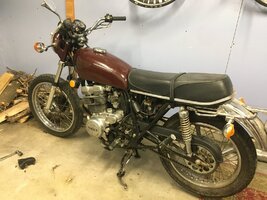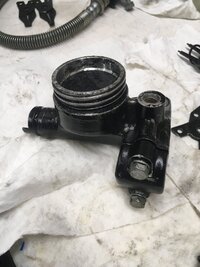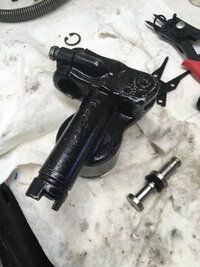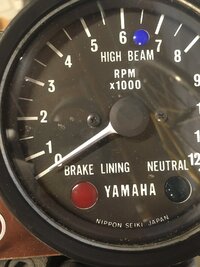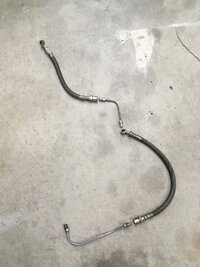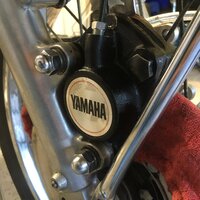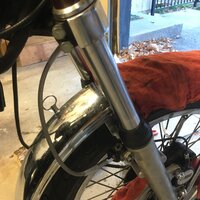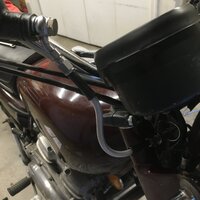I'm rebuilding a 5/8" bore front brake master cylinder on an XS500 and it looks to me like the brake hosing should be replaced. This model has a brake fluid pressure sensor, with one hose out of the m/c to the sensor, and then another hose from the sensor to the metal line out of the caliper. It is the single rotor brake. I'm considering just bypassing the sensor and running a new, single hose directly from the m/c to the metal line out of the caliper. Any thoughts? Is this an awful idea? I can't find new original hose replacements and since the issue is old hoses, I'd rather not buy other old hoses to make an OEM replacement.
I know the correct place to ask would probably be the XS500 forum, but it's gone forever now. Hoping the models might be similar enough for some crossover.
I know the correct place to ask would probably be the XS500 forum, but it's gone forever now. Hoping the models might be similar enough for some crossover.

